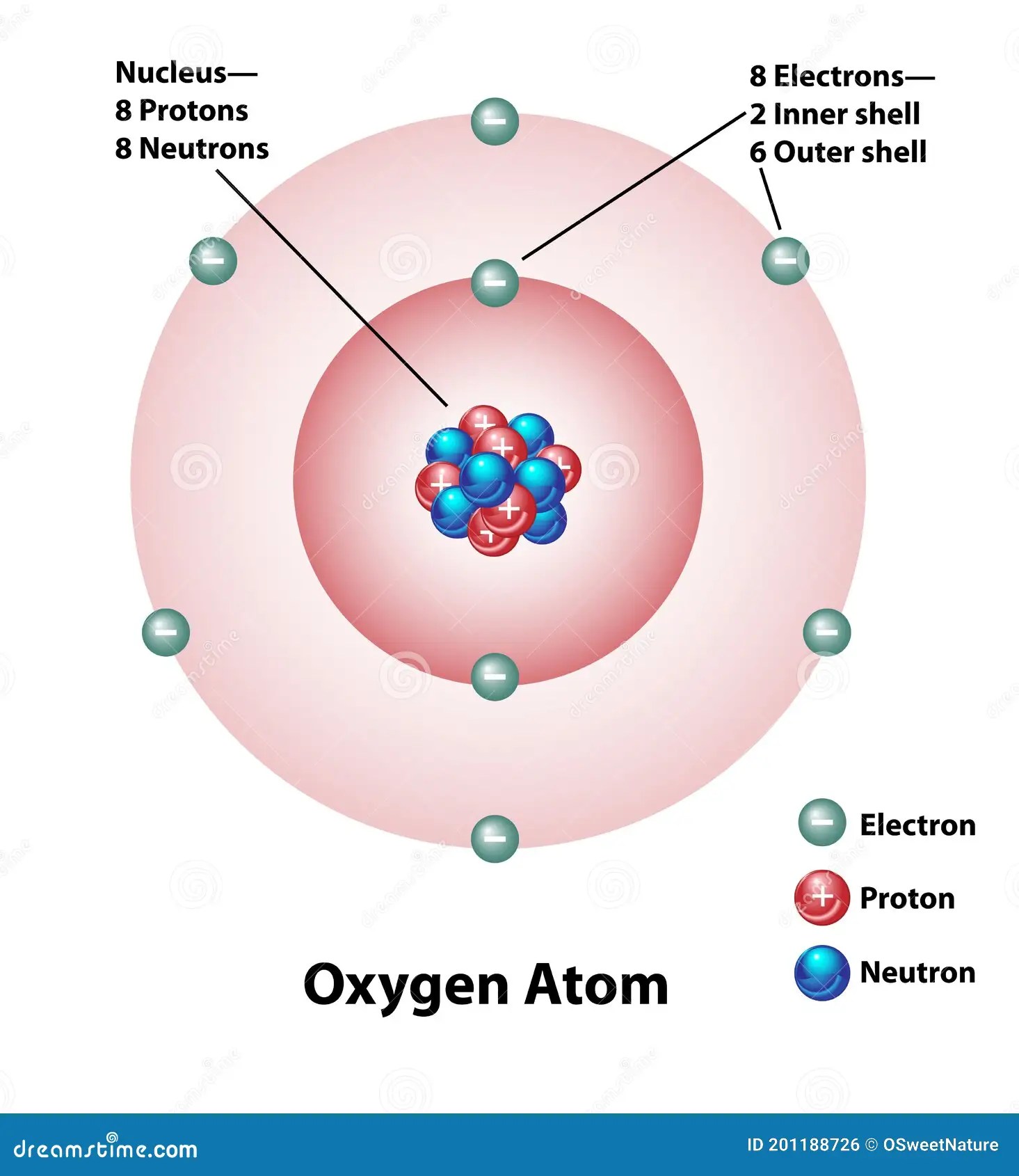Draw An Atom Of Oxygen
Draw An Atom Of Oxygen - For example, oxygen has six valence electrons, two in the 2s subshell and four in the 2p subshell. When we draw a lewis structure, there are several guidelines to follow. Therefore, the order of the number of electrons in each shell of the oxygen (o) atom is 2, 6. Valence electrons are the electrons in the outermost shell, or energy level, of an atom. And 8 for the third). Protons are the positively charged particles and neutrons are the uncharged particles, both these are constituents of the atom nuclei. In the middle is a drawing of a nucleus, much, much bigger in relation to the atom than it would be in real life. See oxygen drawing stock video clips. Web draw a skeleton structure of the molecule or ion, arranging the atoms around a central atom. Hence, the oxygen atom has 6 valence electrons.
Unit 1 welcome to physical chemistry. (generally, the least electronegative element should be placed in the center.) connect each atom to the central atom with a single bond (one electron pair). The electron dot diagram for an element shows the valence electrons for the element. Web updated march 13, 2018. Atomic number, mass number, and isotopes. Drawing atomic structure requires only a simple understanding of the components of atomic structure. The k shell contains 2 electrons and the m shell contains 6 electrons.
Unit 2 structure of atom. Draw the symbol for oxygen. And to draw the atoms you fill up the inner shells first then move on to the outer shells. Web the fundamental characteristic that all atoms of the same element share is the number of protons. The red circles with p are protons, and the white circles with n are neutrons.
Web steps to draw the bohr model of oxygen atom. And 8 for the third). Atomic number, mass number, and isotopes. Web draw a skeleton structure of the molecule or ion, arranging the atoms around a central atom. Therefore, the order of the number of electrons in each shell of the oxygen (o) atom is 2, 6. Steps of drawing lewis structure of o 2 molecule.
Electrons are the negatively charged particles that orbit the nucleus of an atom. Hence, the oxygen atom has 6 valence electrons. This number of protons is so important to the identity of an atom that it is called the atomic number. Note that each atom must contribute one electron to the bond. For example, oxygen has six valence electrons, two in the 2s subshell and four in the 2p subshell.
Web the bohr model of oxygen states that the nucleus of the oxygen atom contains 8 protons and 8 neutrons, while 8 electrons revolve around the nucleus in 2 energy levels. Steps of drawing lewis structure of o 2 molecule. Web updated march 13, 2018. If you understand how protons and electrons relate to one another, as well as how neutrons aid in comprising atomic mass, the rest is cake.
Therefore, An Oxygen Atom Will Have Two Electrons In The First Shell And Six In The 2Nd Shell.
Here’s how you can draw the orbital diagram of oxygen step by step. Unit 1 welcome to physical chemistry. Web this oxygen atom has 8 electrons in two shells. We can write the configuration of oxygen's valence electrons as 2s²2p⁴.
Each Shell Can Hold A Certain Maximum Number Of Electrons (2 For The First Shell;
Sources, facts, uses, scarcity (sri), podcasts, alchemical symbols, videos and images. All atoms of iron have 26 protons in the nucleus. Web o 2 lewis structure. Draw the symbol for oxygen.
Hence, The Oxygen Atom Has 6 Valence Electrons.
The electron dot diagram for an element shows the valence electrons for the element. Web the fundamental characteristic that all atoms of the same element share is the number of protons. While some of the studies were encouraging, he said, they couldn’t draw any clear. There are now four unpaired electrons around the oxygen symbol.
Counting Protons, Electrons, And Neutrons.
That is, the number of electrons in oxygen is 8. Oxygen is in group 16/via, so it has six valence electrons. The k shell contains 2 electrons and the m shell contains 6 electrons. Web how to find the number of protons, neutrons, and electrons from the periodic table.






